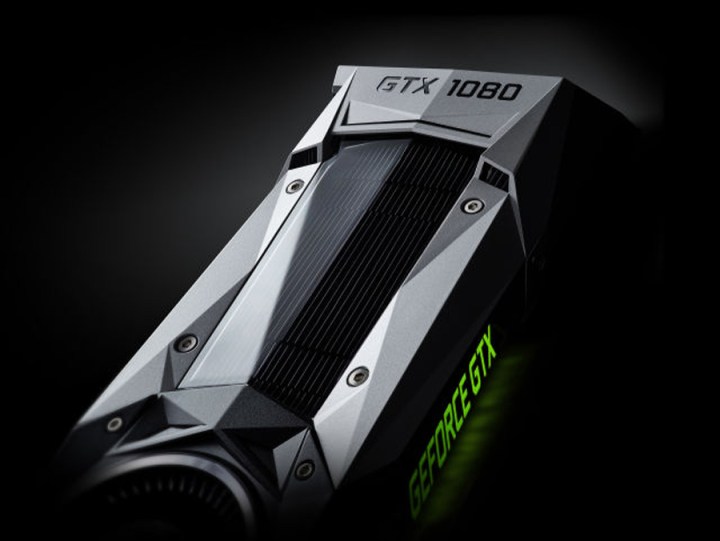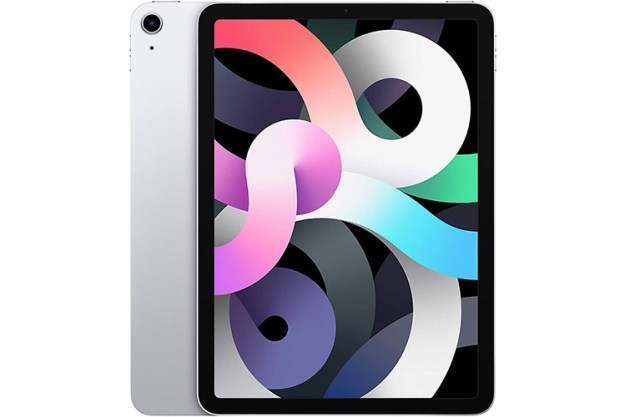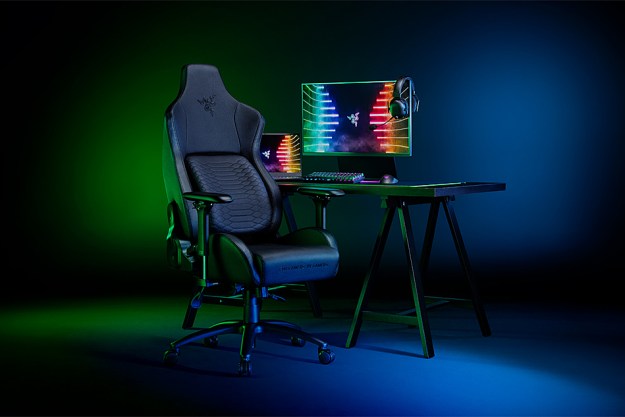
The problem, it seems, only happens when multiple displays set to a refresh rate of over 60Hz are connected to the DisplayPort output jacks on the GeForce cards. This problem actually reared its head at the beginning of the year, and was confirmed to exist in a test using Nvidia’s 364.47 driver set, a GeForce GTX 980 Ti card, and two monitors set above 60Hz. The result was that once the second monitor was added, the idle clock speed rose from 135Mhz to 925MHz, and then fell again when the second monitor was disconnected.
In a second test conducted this week by The Tech Report, the weird monitor bug still seems to exist. For this latest test, a Gigabyte GeForce GTX 1080 Xtreme Gaming card was inserted into a test bed and its associated Xtreme Gaming Engine software installed. The test also included the Eizo Foris FS2735 FreeSync display with a 144Hz refresh rate, and the Asus ROG Swift PG2790 G-Sync display with a 165Hz refresh rate. Both were connected to the card’s DisplayPort output jacks.
At first, only the Asus monitor was connected in order to make sure the GTX 1080 card’s idle speed remained at 291MHz when the monitor was switched between 60Hz and 165Hz. The overall power draw from the system was even 65 watts to 75 watts.
However, once the monitor was set at 165Hz and the second Eizo monitor running at 60Hz was connected, the card’s idle clock speed jumped up to 1,304MHz. The system power consumption jumped up to an average of 107 watts as well.
The test also showed that changing the refresh rate of the second monitor had no effect on the card’s idle clock speed. The Eizo panel was cranked up to 144Hz and then back to 60Hz, but the change did not increase or decrease the clock speed or the power consumption of the GTX 1080 graphics card. Instead, the Asus monitor, still connected, was changed from 165Hz down to 60Hz, and suddenly the graphics card eased back down to an idle speed of 291MHz. Disabling the G-Sync feature on the Asus monitor had no effect on the idle clock speed.
Unfortunately, customers with two displays attached and running at high refresh rates may have to pay a higher electric bill until the issue is addressed in Nvidia’s drivers. That said, customers might want to keep them running at 60Hz each until Nvidia fixes the weird issue.
Editors' Recommendations
- Nvidia RTX 4090 could shatter GPU speed records — but at a big cost
- Nvidia is preparing three new laptop graphics cards for gamers on a budget



